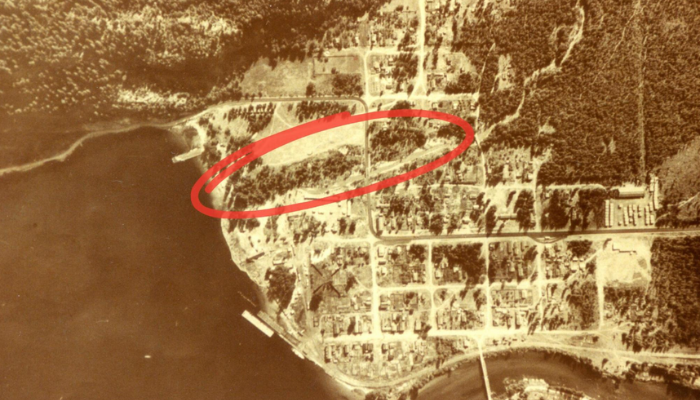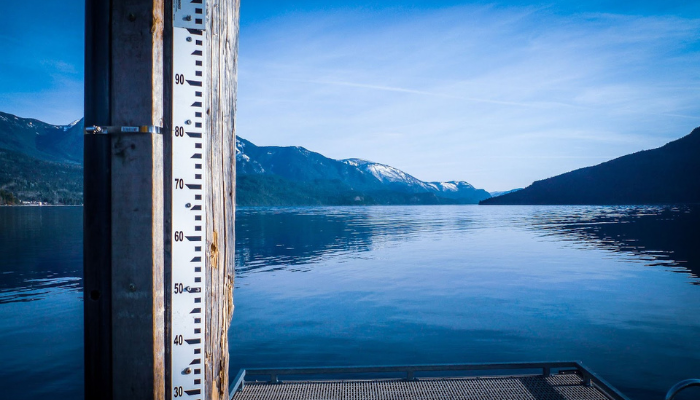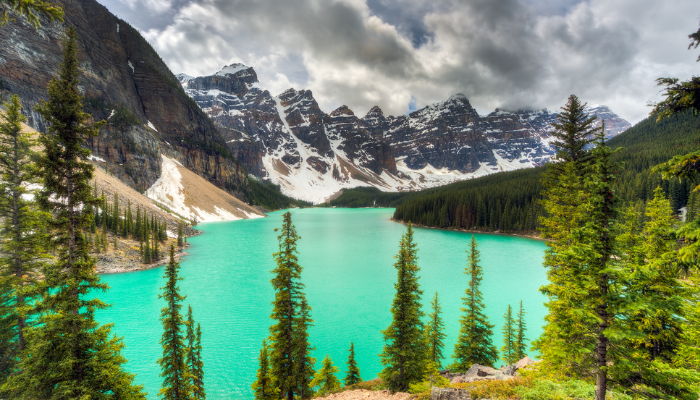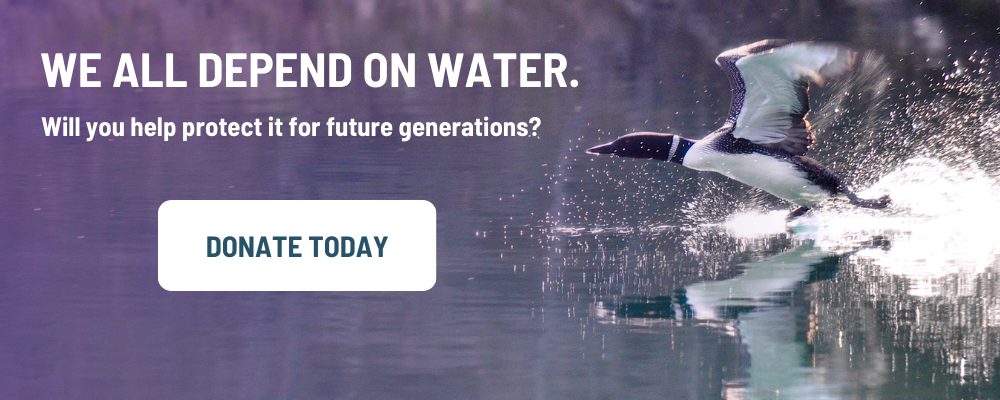Maps, new water data & monitoring experience for an Indigenous community
Banner photo features high elevation monitoring at Talus Lake in August 2023.
Read the web version here.
Flowing into fall
The arrival of fall means our water monitoring field season is winding down. It’s the season to report, assess accomplishments, and celebrate successes.
In this spirit, we were pleased to learn that the Canadian Museum of Nature has recognized our water stewardship efforts and selected Living Lakes as a finalist in the 10th annual Nature Inspiration Awards in the not-for-profit organization (small and medium) category. We’ve also been announced as the winner of the North American Lake Management Society’s Appreciation Award for Advancements in Lake Management Technologies.
A significant factor in reaching these achievements is the invaluable collaborative partnerships we have with Indigenous Peoples in their home territories. The recent National Day for Truth and Reconciliation reaffirms our own commitment to applied Reconciliation through supporting the vision our Indigenous partners have for water stewardship..
Check out the rest of the newsletter to learn more about recent success stories and be inspired this fall.

Mapping the way to restore an old sawmill site
Empowering community groups with essential mapping of watersheds
With the arrival of logging to the Slocan Valley in the early 20th century, one sawmill set its sights on the mouth of Springer Creek. Once a thriving aquatic and terrestrial ecosystem, the lower portion of Springer Creek experienced a steep ecological decline with the sawmill construction. The impacts are still visible today.
Learn how a community mapping program is helping to tell the story of Springer Creek and guide future restoration efforts.


Hope for green waters
Sqwá First Nation looks to water quality monitoring
Thick with algae and nearly as green as the vegetation growing along its shoreline, the Hope Slough, also called the Hope River, creeps through the City of Chilliwack and into the Fraser River. Historically, the Hope Slough supported a biodiverse and healthy ecosystem before algae choked its waters.
A recent water quality monitoring training equipped a keen group of youth and adult members of the Sqwá (Skwah) First Nation to better understand the state of this river with future restoration efforts in mind. Read the full story about the training, the participants’ experiences and the Hope Slough.


New water data sheds light on climate impacts in local watersheds
Considered one of North America’s most important water towers, the Canadian Columbia Basin supplies fresh water to millions of people downstream in both Canada and the United States. But climate change is changing the Columbia Basin’s historically steady water supply.
Since the fall of 2022, 27 new monitoring sites have been collecting data across two sub-regions of the Basin as part of Living Lakes Canada’s large-scale monitoring program. Based on data collected up to June 2023, the program has already gained a better understanding of how surface-level climate events are impacting important freshwater sources and waterways.


National Photo Challenge winners capture Canada’s Lake Biodiversity
Public and Judges’ Favourites announced
Images that show the wonder of natural lakescapes, glimpses into the homes of wildlife, and intimate moments of people in nature perfectly describe the photos submitted to the recently completed 3rd Annual Lake Biodiversity Photo Challenge.
For the first time since the contest was launched in 2020, entries were submitted from every province and territory across the country. With 629 submissions flooding the online gallery, this mosaic of photography perfectly captures the spirit of lakes in Canada.
View the stunning selection of Public Favourites, selected through 1,609 votes cast online, and Judges’ Favourites!

Our Current Reads
Opinion: We need local solutions to tackle water scarcity and protect BCs food security – Vancouver Sun
Canada’s friendliest province — unless you’re the climate – The Narwhal
‘We’re hoping for some more rain’: Extremely low N.W.T. water levels raise concerns about the future – CBC
Summer’s over, but Calgary still has water restrictions in place. Here’s why – CBC News
Arrow Lakes impacts top of mind in treaty negotiations – e-Know (commentary by B.C. lead for Canadian Negotiation Delegation on the Columbia River Treaty renegotiations)







